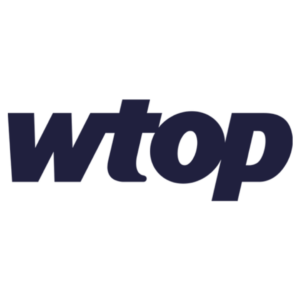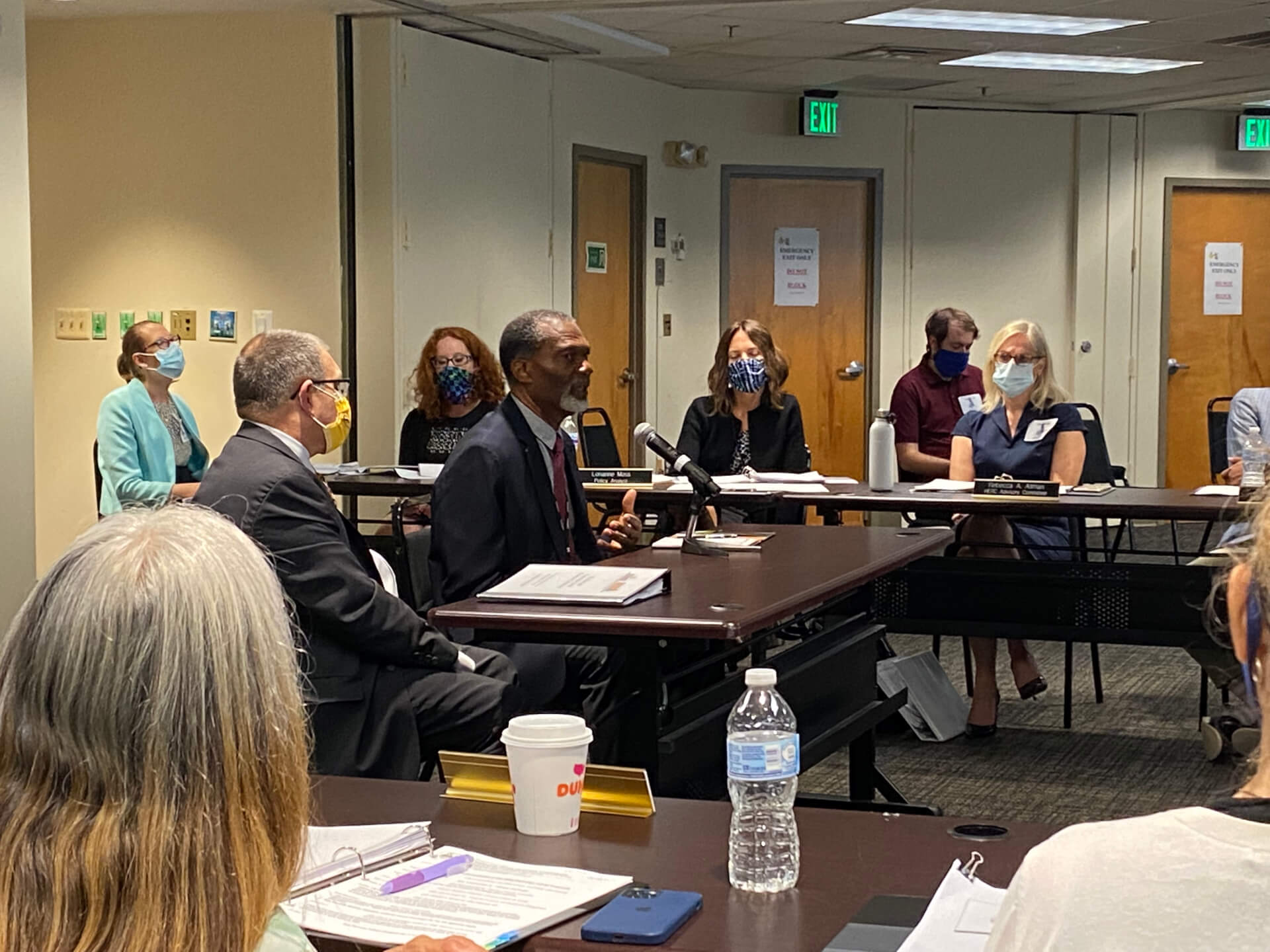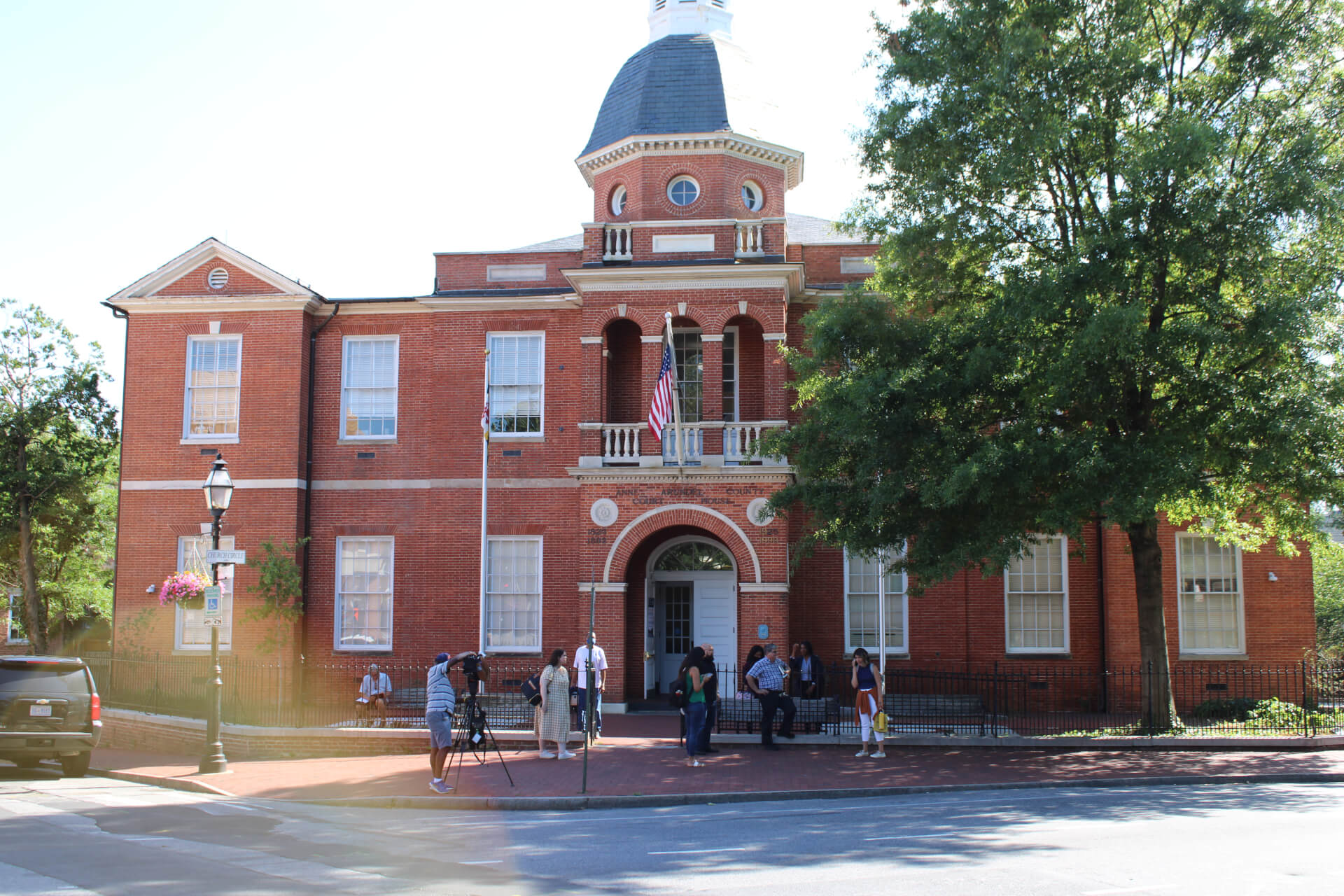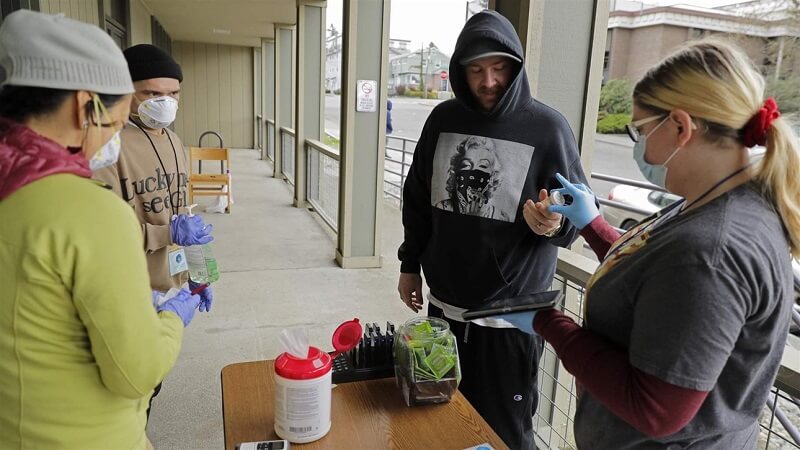Immunizing kids in low- and middle-income countries against preventable diseases such as measles pays off in the long term, according to a Johns Hopkins study.
The findings are from the International Vaccine Access Center based at the Johns Hopkins Bloomberg School of Public Health.
The goal of the research was to figure out how much money a country’s economy loses when kids aren’t vaccinated for preventable diseases, and compare that number to how much it costs to give the vaccines.
“This allows us to compare things in an apples-to-apples way,” said Bryan Patenaude, the study’s senior author and assistant professor in the school’s department of international health.
Patenaude said the findings show overall that for every $1 put into vaccines from 2011-2020, there was a return of just over $28. Projecting this result through the next decade, he said, they expect a $21 return for every dollar spent on vaccinations.
The study focused on 94 countries and much of the data used was gathered from organizations such as Gavi, which is an international public health organization that sponsors immunization programs. It included programs that helped to prevent 10 infectious diseases, such as measles, hepatitis B, rubella and yellow fever.
Researchers first looked at the costs incurred when someone gets these illnesses. Those costs included the price of treating kids who become ill with diseases for which vaccines exist, as well as lost wages for their caregivers. They also looked at future work impacts for adults who become disabled from the diseases as children, or who died from them.
The research found that costs averted by having an immunization program in place will add up to $681.9 billion for 2011 to 2020. That total for the next decade would be $828.5 billion, which equates to a net benefit 26 times the cost of the vaccine program for 2011 to 2020, and about 20 times the costs from 2021 through 2030, according to the findings.
The study also put a dollar sign on the estimated value of a life saved by the immunization program, and took into account how much people are willing to spend to reduce their risk of death. Patenaude said vaccines are expected to generate a return of $54 for every $1 invested.
“Either way you look at, just very large returns,” he said.
Patenaude said though the study considered vaccine programs for 10 infectious diseases, the results of the study were largely influenced by data from measles vaccination programs.
He added that the measles vaccine is an important one because the death rate is high among kids who aren’t vaccinated in low- to middle-income countries.
The study didn’t look at the United States, but Patenaude said he feels the results would be similar.
“We expect to see very large results if we were to do this type of thing in the U.S. as well,” he said.
The study was funded by the Bill and Melinda Gates Foundation, and the findings have been published in the August issue of Health Affairs.
As part of Maryland Matters’ content sharing agreement with WTOP, we feature this article from Mike Murillo. Click here for the WTOP News website.




 Creative Commons Attribution
Creative Commons Attribution